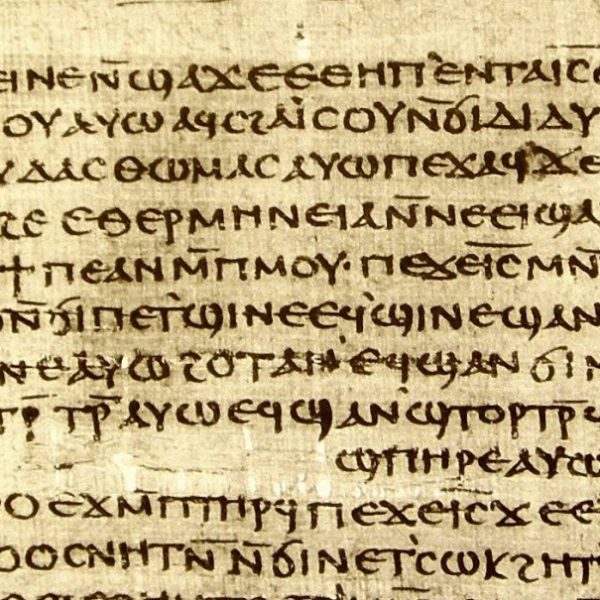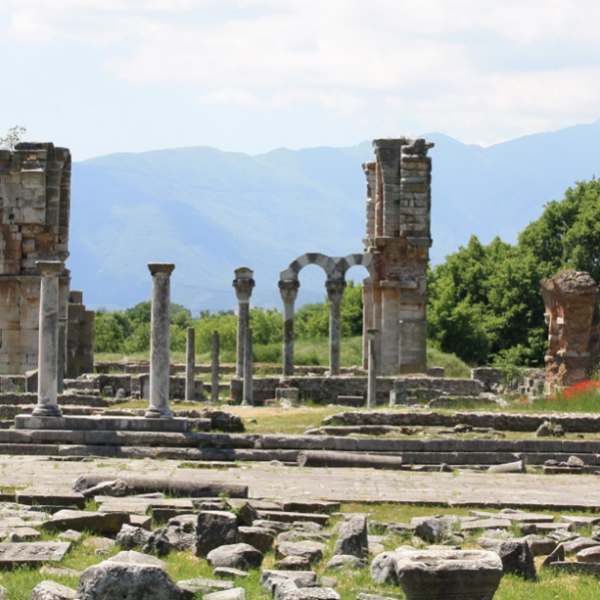Notes from a Native New Yorker: Changing Christianity
Michelle Stein—
I am familiar with the conflicting images and identities of shifting or presumably unchanging institutions. New York City may have been immortalized in the arts, and its landmarks might be recognized the world over, but underneath there is constant change. Whether the shuttering of one shop and the opening of another or the movement of individuals from apartment to apartment or neighborhood to neighborhood, New York City is reformulated and redefined by its residents nearly daily.
 In some respects, many religions can be described in similar ways. Though their beliefs and practice systems are codified by texts and years of tradition, many have begun to seriously rethink aspects of their faith or policies, including questioning the roles of women or LGBTQ-people as clergy, ideas on birth control, and other recent debates. This conflicts with many people’s vision of religion as being strongly institutional and permanent. Reading A New History of Early Christianity, by Charles Freeman, I am reminded that it is not only in recent times that religious institutions face conflicts, but questioning theology is perhaps institutionalized from a religion’s start.
In some respects, many religions can be described in similar ways. Though their beliefs and practice systems are codified by texts and years of tradition, many have begun to seriously rethink aspects of their faith or policies, including questioning the roles of women or LGBTQ-people as clergy, ideas on birth control, and other recent debates. This conflicts with many people’s vision of religion as being strongly institutional and permanent. Reading A New History of Early Christianity, by Charles Freeman, I am reminded that it is not only in recent times that religious institutions face conflicts, but questioning theology is perhaps institutionalized from a religion’s start.
Freeman delves into early Christian times with the eye and toolbox of a historian. To him, the religious texts that form the basis of Christian theology today (and even those that are not included) are sources to be examined for their factual content and biases. His early analysis of the gospels considers each writer’s place in time and writing style, placing the same focus on the interactions between the classical, Christian, and Barbarian as most studies of the early medieval period.
Thus, the New Testament was a canon to be created. Apostles and others travelled to spread the word of this new religion, confronting both non-believers and Christian leaders with contradicting theologies and practices. Latin Christianity did not begin to emerge until Tertullian of Carthage, and even in the third century, congregations were not growing in harmony but still in a great deal of conflict with one another. It was not until 312 with Constantine’s conversion and the Edict of Milan in 313 that offered tolerance for Christians throughout the Roman Empire.
Just as New York City started as New Amsterdam and its borders much closer together, growing and changing to become today’s Big Apple, the start of Christianity as it slowly developed might be unrecognizable to some. In a time when religious orthodoxy is still questioned and debated, A New History of Christianity is an opportunity to look into the uncertainty of Christianity’s beginnings.
Michelle Stein is a former Yale Press intern and a forever book-lover.

























